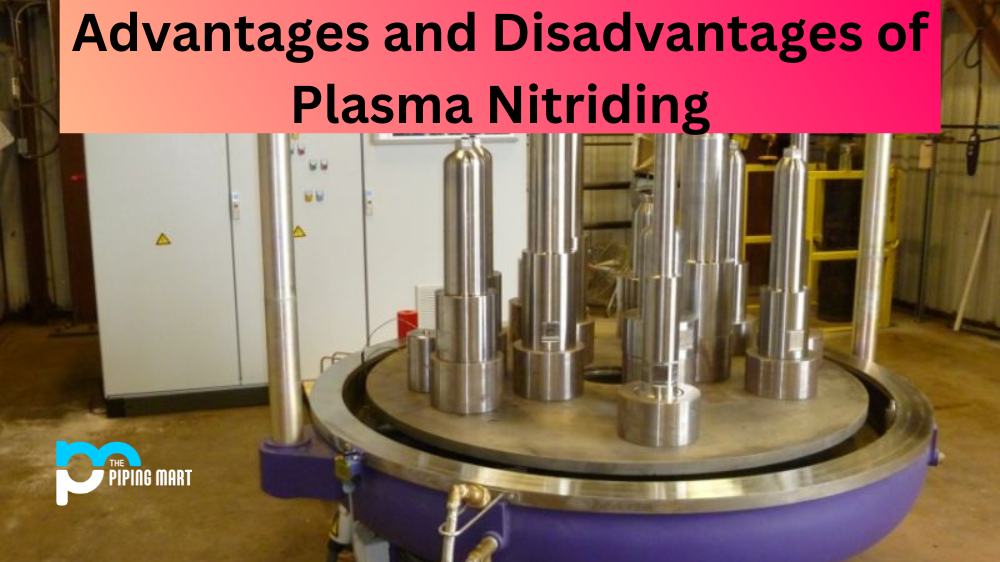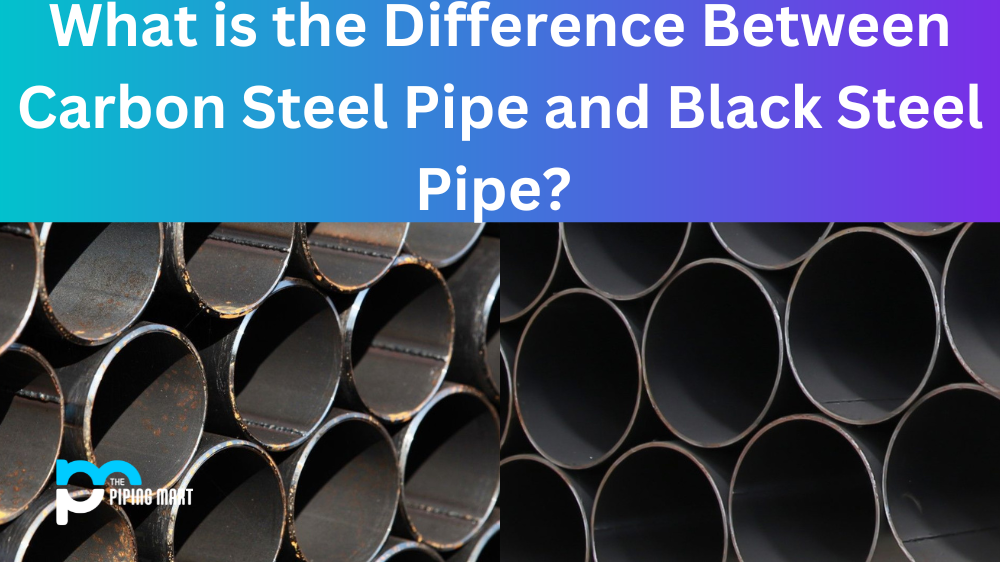Plasma nitriding is a process that is used to increase the corrosion and wear resistance of metal components. It involves exposing the surface of the metal to a plasma atmosphere, which contains nitrogen and other elements, at high temperatures for an extended period of time. In this blog post, we will explore the advantages and disadvantages of plasma nitriding.
Advantages of Plasma Nitriding
Plasma nitriding has many advantages over traditional heat-treating processes. First, it offers superior wear resistance due to its high nitride content. Second, it provides improved corrosion protection compared to other heat treatment methods because it penetrates deeper into the metal surface. Third, it doesn’t require any special equipment or training for operators; all that is needed is a standard furnace with a gas line connection. Finally, since plasma nitriding can be done relatively quickly (it usually takes between 24-48 hours), it is much faster than other heat treatments, such as carburizing or case hardening.
Increased hardness and wear resistance
One of the primary advantages of plasma nitriding is that it can increase the hardness and wear resistance of a variety of metals. This process works by infusing nitrogen atoms into the surface of the metal, which creates a harder, more durable surface. This can be beneficial for a variety of applications, such as tools and machine parts that are subject to high levels of wear and tear.
Improved corrosion resistance
Plasma nitriding can also improve the corrosion resistance of metals. This is because the nitrogen atoms that are infused into the metal create a barrier that prevents oxygen and other corrosive elements from reaching the metal surface. This can be beneficial for applications in which corrosion resistance is critical, such as in medical implants or in offshore oil and gas pipelines.
Enhanced electrical conductivity
In some cases, plasma nitriding can also enhance the electrical conductivity of metals. This is because the process can create a more uniform microstructure on the metal surface, which improves its ability to conduct electricity. This can be beneficial for applications in which electrical conductivity is critical, such as in electrical wiring or in electronic components.
Increased fatigue strength
Plasma nitriding can also increase the fatigue strength of metals. This is because the process creates a stronger, more uniform microstructure on the metal surface, which helps to resist cracking and other forms of damage under repeated stress. This can be beneficial for applications in which fatigue strength is critical, such as in aircraft components or in turbine blades.
Reduced friction
In some cases, plasma nitriding can also reduce friction between two surfaces. This is because the process creates a smooth, uniform surface on both sides of the contact area, which reduces friction and makes it easier for two surfaces to slide past each other. This can be beneficial for applications in which reduced friction is critical, such as in bearings or in hydraulic cylinders.
Disadvantages of Plasma Nitriding
One of the major drawbacks of plasma nitriding is its cost; it tends to be more expensive than other forms of heat treatment because it requires specialized equipment and more labor-intensive processes. Additionally, since plasma nitrided surfaces are harder than carburized surfaces, they may not be suitable for certain applications where softer surfaces are required (such as in sealant applications). Finally, if not properly done, plasma nitriding can lead to cracking or warping due to uneven heating. This can be avoided by using pre- and post-nitride treatments such as stress reliefs or annealing processes.
Limited to Ferrous Metals
Plasma nitriding can only be used on ferrous metals, such as iron and steel. This means that other types of metals, such as aluminum, cannot be treated with this process.
Requires Specialized Equipment
Plasma nitriding also requires the use of specialized equipment that can be expensive to purchase and maintain. This equipment can also be dangerous to operate, which requires trained personnel to do so.
Time-Consuming
The plasma nitriding process can also be time-consuming, as it typically takes several hours to complete. This can make it impractical for some applications where a quick turnaround is needed.
Can Cause Distortion
Another disadvantage of plasma nitriding is that it can cause distortion in the metal being treated. This distortion can make it difficult or impossible to use the metal for some applications.
Can Be Hazardous
The plasma nitriding process can also be hazardous, as it produces harmful gases that can be dangerous to breathe in. These gases can also be explosive, which makes them a fire hazard.
Requires Precautions
Due to the hazards associated with plasma nitriding, special precautions must be taken when performing this process. This includes wearing protective clothing and using ventilation to remove harmful gases from the area.
Conclusion:
Plasma nitriding offers many benefits over traditional heat-treating processes, including superior wear resistance, improved corrosion protection, and faster processing times. However, these advantages come at a cost—plasma nitriding tends to be more expensive than other forms of heat treating due to its specialized equipment requirements and labor costs associated with the process itself. Additionally, if not done properly, it can lead to cracking or warping due to uneven heating. Despite these drawbacks, however, when done correctly, plasma nitriding can provide significant benefits for parts that require increased wear and corrosion resistance—making it a viable option for many industrial applications
Sakshee is a talented blogger, with a particular focus on the Business and Metal Industry. She is passionate about sharing her insights on various metal products and helping professionals to make a better decisions.




